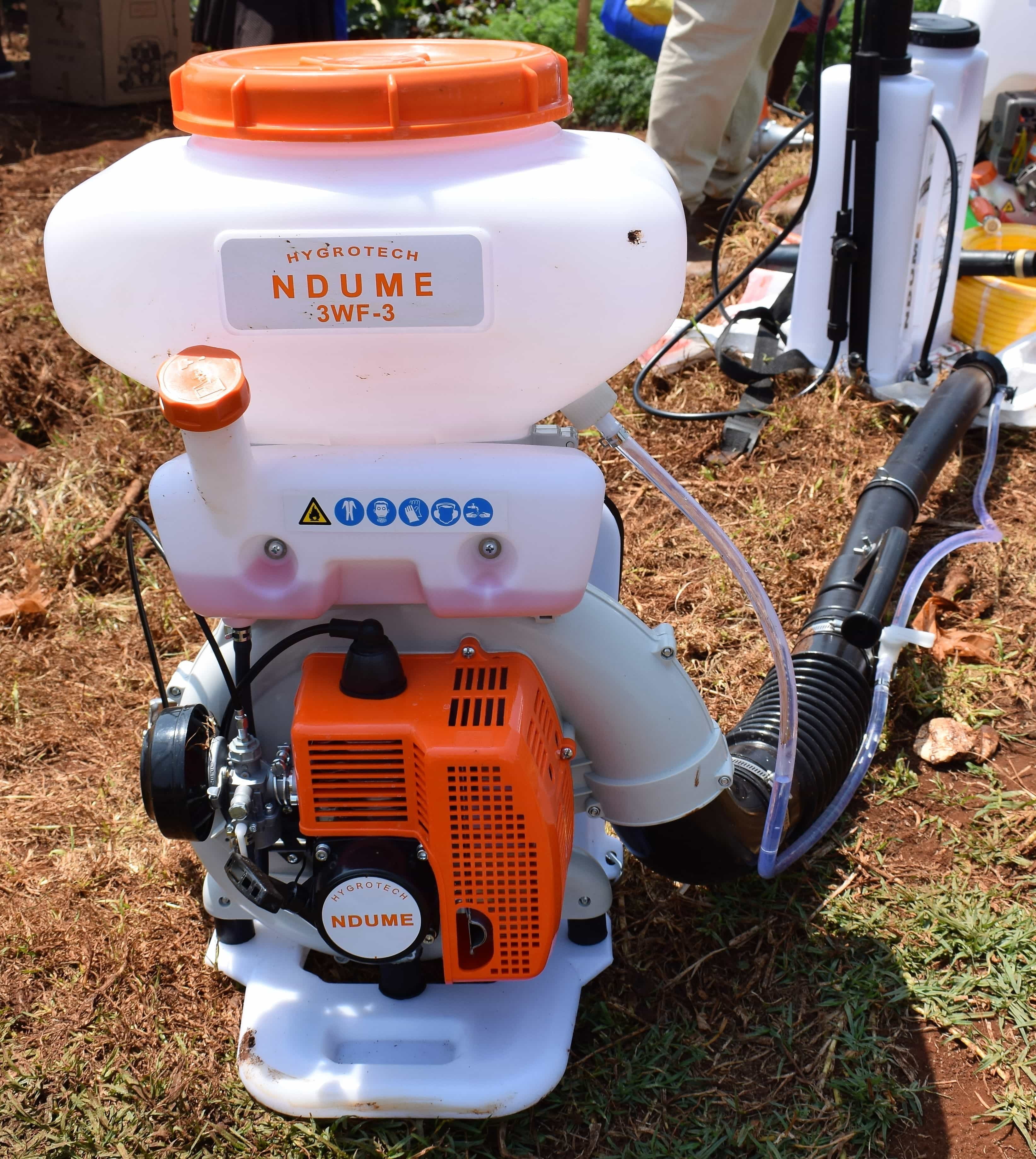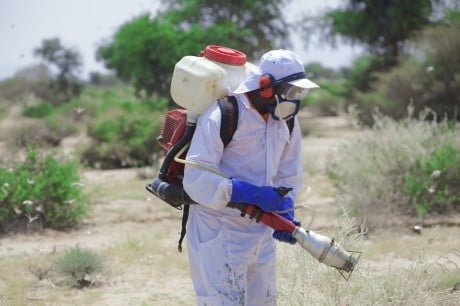by HENRY KINYUA
Today there are very many chemicals in the market and farmers are finding it hard to choose which chemical to use. Plant protection chemicals can be classified into two categories; fungicides and Insecticides/Miticides/ Nematicides.
Fungicides
These are either disease protectant or curative. Curative fungicides are applied to crops when a disease has been spotted while protectants are applied prophylactically as a control measure.
Curative fungicides are usually systemic and are applied when a specific disease has been spotted or there is a presence of disease-causing spores in the neighbors’ crops. They are also applied in the presence of predisposing factors, e.g., high humidity which may trigger downy mildew in vulnerable crops like onions and capsicum.
So a decision to use a curative chemical may be made if there’s:
- Presence of a disease, e.g., Powdery or downy mildew
- Presence of a disease in a neighbor’s farm
- Presence of factors which favor the growth or spread of a specific disease, e.g., rain or high humidity.
For a disease to attack a plant or develop in a plant, there must be a source of infection. This refers to disease-causing organisms or pathogens and conducive weather factors which favor that particular pathogen. It’s not possible to see the pathogens with the naked eye. This is why it’s always important to take measures to protect your crops by spraying or using protectant fungicides as a regular program (Prophylactic spray program).
Protectants
These are mainly contact fungicides which are used in a regular spray program to give the crop a protective cover against disease. These chemicals are very useful because the majority of protectants are multi-site, that is, they attack many sites within the pathogen cell (curatives are single site). Due to this, they don’t develop resistance easily like curatives.
Examples of Chemicals in this category include Mancozeb (Dithiane, Multithane, etc.), Coppers (Cupravit, Koxide, etc.), Propineb (Antracol) and Chlorothalonil (Daconil Twigathaloni).
Mancozeb, Chlorothalonil, and Propineb are good for controlling Downy mildews, blights and rust in vegetables BUT it’s always important to read the label before use.
It is important to note that when using both fungicides and insecticides, it’s advisable to use them wisely to manage resistance. This can be achieved by avoiding the use of one active ingredient repeatedly or tank mixing chemicals with one active ingredient. Also, it’s important to avoid underdosing.
What is an active ingredient? This is a component in a chemical which has the ability to kill a pathogen or an insect and it’s always expressed as a % by weight or volume of the content in a litre /kg. These days, there are several brand names sharing a similar active ingredient and if one is not careful it is possible to buy and spray using chemicals bearing many brand names but only one active ingredient. For example, Dithiane, Oshothane and Multithane are different brand names containing Mancozeb as an active ingredient.
Product label
Everything that a farmer would like to know about a chemical is written on the label. The label has very useful information and farmers should always read the label before using any chemical. The label has the disease name which the chemical is used against, the dosage rate, the pre-harvest interval, the volume of water to be used, the spray intervals and tank mixing recommendations.
Pre-harvest Interval (PHI)
The Pre-harvest interval is the period between the spraying date and the harvest date. This is the period the farmer must wait before harvesting the crop after spraying with chemicals. Chemicals are poisons, i.e., they can harm human beings if not properly used. Due to this fact, chemical manufacturers are required by law to state the period by which the chemical residues are at their lowest in a plant from the date of spraying.
Some chemicals persist more than others, that is, they take longer to be broken down within the plant system or on the surface and that’s why different products have different PHIs. Farmers must observe recommended PHIs to enhance food safety and avoid feeding fellow human beings with chemicals.
Some countries are very strict about the safe use of pesticides as a way of protecting the environment, aquatic life, spray operators and consumers against pesticides. This is why MRLs (Maximum Residue Levels) are set. MRLs are not safety measures but are measures or indicators of good agricultural practices. Consuming plant products with higher MRLs once doesn’t necessarily mean that one’s health is at risk but continuous consumption of such products may pose a health risk due to accumulated residues.
Poor use of pesticides or failure to read the label may be hazardous to the person spraying. It may poison the water if knapsack sprayers or empty containers are washed in the rivers. All these hazards can be avoided by simply reading the label.





